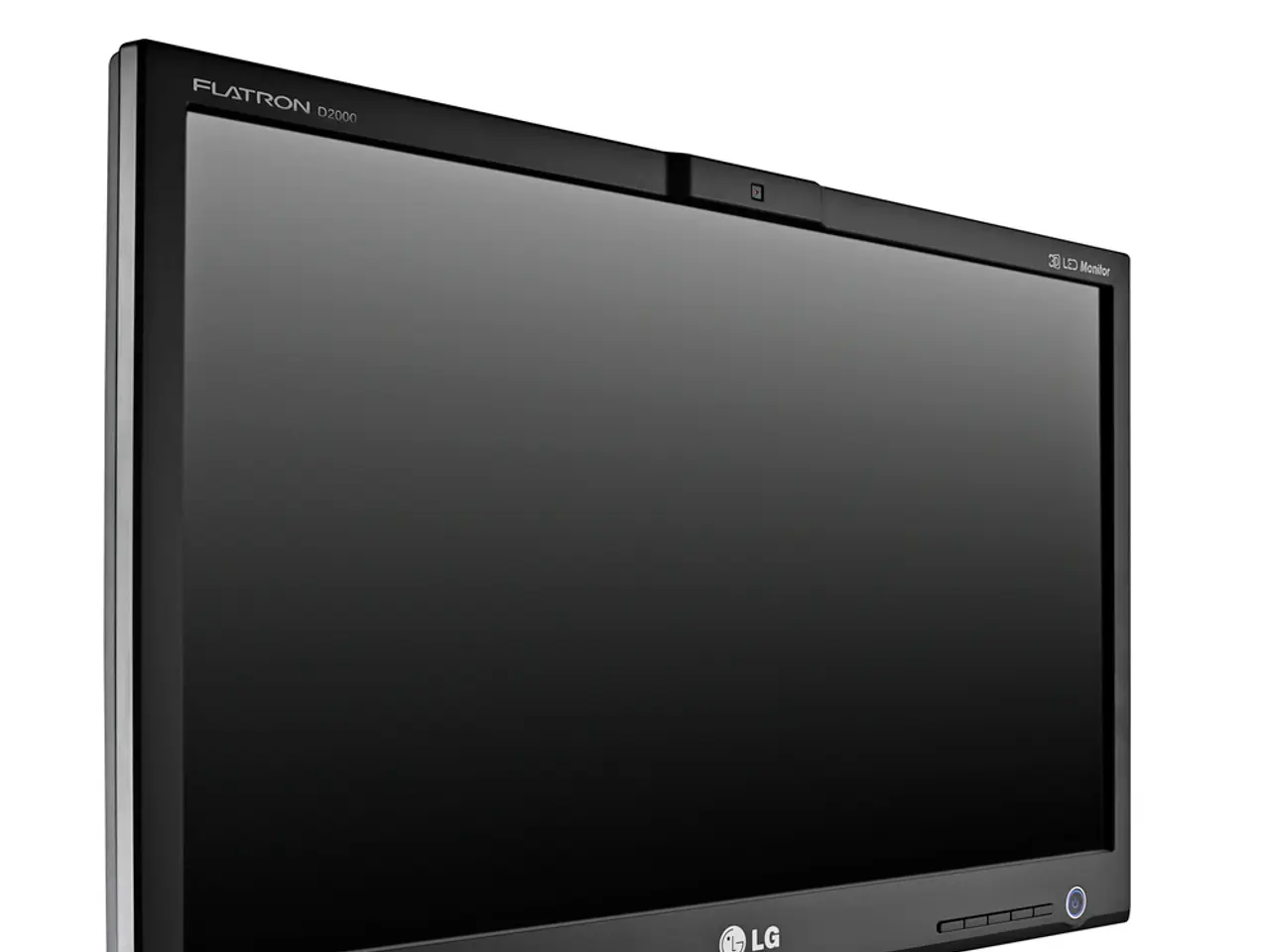Samsung's innovatory Micro RGB technology, while technically an LCD panel with a backlight, promises the finest local dimming available.
In a groundbreaking development, Samsung has introduced Micro RGB technology, a novel LCD backlighting system that promises to revolutionise the gaming monitor market. This innovative technology uses micrometre-scale red, green, and blue LEDs positioned behind the panel, each individually controllable to produce precise colors and contrast.
Unlike traditional LED LCD TVs that use white LEDs with colour filters or Mini-LED backlights typically emitting blue or white light, Micro RGB uses separate RGB micro-LEDs (under 100 micrometers in size) for backlighting, enabling finer local dimming and richer, more accurate color reproduction with full BT.2020 color gamut coverage.
While Organic Light Emitting Diode (OLED) displays are emissive (each pixel produces its own light) and offer perfect black levels by turning off pixels individually, Micro RGB is a backlit LCD technology, still requiring a panel to modulate light. However, by controlling individual red, green, and blue LEDs at a micro scale as backlight, Micro RGB achieves local dimming effectiveness close to OLED, reducing blooming (halo effect) seen in Mini-LED and conventional LED LCDs, and maintaining high brightness levels superior to OLED.
Micro RGB technology differs from microLED technology, which are true emissive displays made of microscopic red, green, and blue LEDs forming the image without a backlight. Samsung's Micro RGB is not a self-emissive panel but a sophisticated backlight solution for LCDs, whereas microLEDs produce light and color at each pixel independently. MicroLEDs generally offer OLED-like contrast and color performance with potentially better durability and brightness but are typically more complex and expensive to manufacture at large sizes. Samsung's Micro RGB TV bridges a gap by offering enhanced LCD backlighting benefits approaching those of OLED and microLED at large screen sizes, with lower power consumption and without some microLED production challenges.
Key Differences
| Technology | Light Source Type | Color Control | Contrast & Black Levels | Brightness | Production Complexity | |------------------|--------------------------------------|---------------------------------|-------------------------------|-----------------------|--------------------------------------| | Micro RGB | Micro-scale RGB LEDs as backlight | Independent red/green/blue LEDs | Local dimming close to OLED | Very high brightness | New but based on LCD tech, less complex than microLED | | OLED | Self-emissive organic pixels | Each pixel emits own light/color | Perfect blacks, pixel off | Moderate brightness | Mature, complex materials | | MicroLED | Self-emissive microscopic RGB LEDs | Each pixel independent LED | Perfect blacks, very high contrast | Very high brightness | High complexity, costly manufacturing |
The Future of Gaming Monitors
Samsung's Micro RGB is an advanced LED-backlight system with micro-sized RGB LEDs behind an LCD panel, enabling superior color and contrast control with higher brightness and energy efficiency compared to traditional Mini-LED or LCD TVs. It offers an alternative to OLED and microLED by combining pixel-level color backlighting with LCD modulation instead of self-emissive pixels.
Compared to existing LCD gaming monitors with mini-LED local dimming, the new Micro RGB tech has separate RGB LEDs for each backlight that can be controlled individually. Brighter OLED panels still seem like the best solution in the medium term when it comes to lighting control, contrast, and HDR performance. However, Micro RGB panels may offer an interesting value-orientated alternative.
Top Gaming Monitors in the Market
- The Best Dual-mode Gaming Monitor is the Alienware AW2725QF.
- The Best 1440p OLED Gaming Monitor is the MSI MPG 271QRX.
- The Best 4K Gaming Monitor is the LG Ultragear 27GR93U.
- The Best Budget Ultrawide Gaming Monitor is the ASRock Phantom PG34WQ15R2B.
- The Best Budget OLED Ultrawide Gaming Monitor is the Alienware 34 QD-OLED.
- The Best 1440p Gaming Monitor is the Xiaomi G Pro 27i.
- The Best Overall Gaming Monitor is the MSI MPG 321URX.
- The Best 32:9 Gaming Monitor is the Samsung Odyssey OLED G9.
- The Best WOLED Gaming Monitor is the LG Ultragear 32GS95UE.
- The Best Budget 1080p Gaming Monitor is the AOC Gaming C27G4ZXE.
- The Best Ultrawide Gaming Monitor is the Asus ROG Swift OLED PG34WCDM.
- The Best Budget 4K Gaming Monitor is the Gigabyte M28U.
- The Best Budget 1440p Gaming Monitor is the Pixio PXC277 Advanced.
While the "Micro RGB" branding sets up expectations that the technology won't be able to meet, Samsung's new Micro RGB technology is poised to shake up the gaming monitor market with its advanced backlighting system and superior color and contrast control.
Read also:
- Alcohol's Impact on the Gallbladder: Exploring the Relationship and Further Facts
- Identifying Lupus: The Various Blood Tests Your Doctor Might Request
- Persisting in the face of tax reductions and layoffs, these pharmacists demonstrate unyielding resolve.
- Must-Read Business Books for Every Aspiring Entrepreneur








